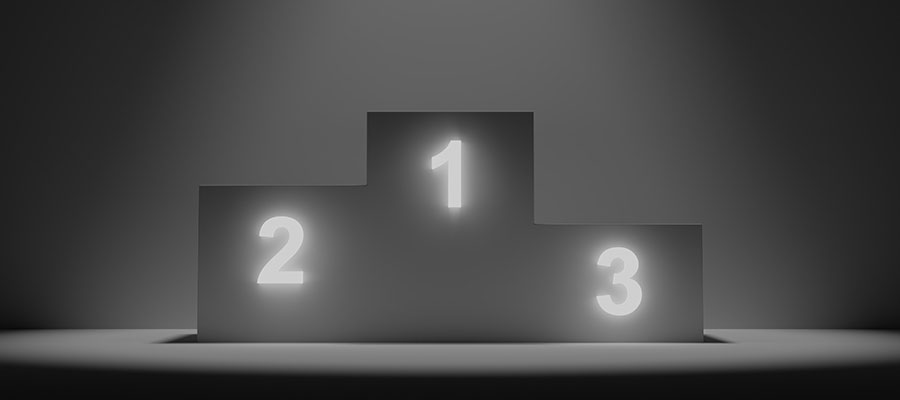Learn to Prioritize Your Web Design Work
So much of being a freelance web designer is about balance. Make sure to take time for yourself. Create efficient processes or even outsource tasks to ensure that you have time for your projects.
But what about the projects themselves? When you have multiple clients to please, finding balance can seem impossible. And perhaps it’s not even necessary.
Truth be told, each web design project is a unique entity. And while it’s wise to be diligent in your efforts, not every task carries the same level of importance. That’s why the ability to prioritize your work is so valuable.
This is a skill I’ve struggled with over the past couple of decades. Life’s a journey, as they say.
But even if we don’t always get it right, there are some things to keep in mind when it comes to prioritization. Let’s take a look at a few key factors that can help.
Create a Schedule and Stay Flexible
If you ask a client when they would like their project to be completed, the odds are that they’ll say “as soon as possible.” That’s neither a surprise nor a negative – it’s just the way of our world.
Therefore, it’s often up to us to set a schedule. The trouble is that it’s easy to focus on the client’s timeline without considering yours. This can lead to a mad rush to get several projects done within a small window of time.
Before you agree to a specific launch date, take a moment and think about the other tasks on your to-do list. That includes projects that are currently on hold, as they tend to be particularly troublesome.
The idea is to take a broad view of your schedule and then provide a timeline. In my experience, I’ve found that a conservative estimate works best. Why? Because there are so many factors that we can’t control.
And that brings us to flexibility. It’s important to realize that schedules are subject to change. Unexpected things arise and nothing is set in stone. Thus, be prepared to adjust as needed.

Consider the Client’s Place in Your Portfolio
Every client deserves to be treated fairly and respectfully. But they don’t all require the same priority level in your project queue.
As an example, consider two fictional clients: Client A and Client B (creative names, I know!):
- Let’s say that you’re working on a website redesign for Client A, who was 20% of your total revenue last year.
- Client B is new and has hired you to create a one-page site. It’s a small project but perhaps could lead to something bigger if their company grows.
Since Client A is a major source of revenue, it makes sense that their project takes precedence over Client B’s. Yet, even if you can rationalize this in your head, it’s not always easy to put into practice.
Sometimes those smaller projects take up a disproportionate amount of time. It might be because the client keeps asking for revisions, or you’re just trying to please them. Regardless, the result is that it takes your attention away from projects that are more important to your bottom line.
This doesn’t mean you should ignore the smaller client. It’s just a reminder to look at the bigger picture when deciding how to allocate your precious time.

Manage Client Expectations
Remember when I mentioned flexibility? It seems like that skill is tested daily. And it’s necessary for keeping your priorities straight.
For many of us, prioritizing work is more than dealing with longer-term projects. Those day-to-day client requests also play a role.
That can take the form of a minor content update. Or it may be a completely unexpected large task that gets dropped into your lap. They have the power to throw a monkey-wrench in your carefully-crafted schedule.
Once again, it’s about taking a step back and figuring out how everything fits together. True emergencies (a broken website, an organizational crisis, etc.) can take the lead. But other items may have to wait their turn.
This can be difficult for clients to understand. They sent you an email full of instructions and want it done right away. Perhaps they gave it a lot of thought on their end. But if it was so important, shouldn’t they have provided you with more lead time?
Communication is key in this situation. You can’t be expected to drop everything you’re doing on a whim – and clients need to realize that. Be proactive in setting guidelines so that your clients know how you work.

Prioritization Helps You Get Things Done
Learning to prioritize your projects takes time – and a lot of practice. And there will likely be days when things don’t turn out the way you planned. I want to think that this is a natural part of running a business.
But by adding prioritization to your workflow, you’ll have a better handle on your to-do list. It can do wonders in terms of your stress level. That, in turn, leads to getting things done more efficiently.
You’ll gain both a clear head and the satisfaction that comes with completing your projects. If that sounds good, consider making it a priority.